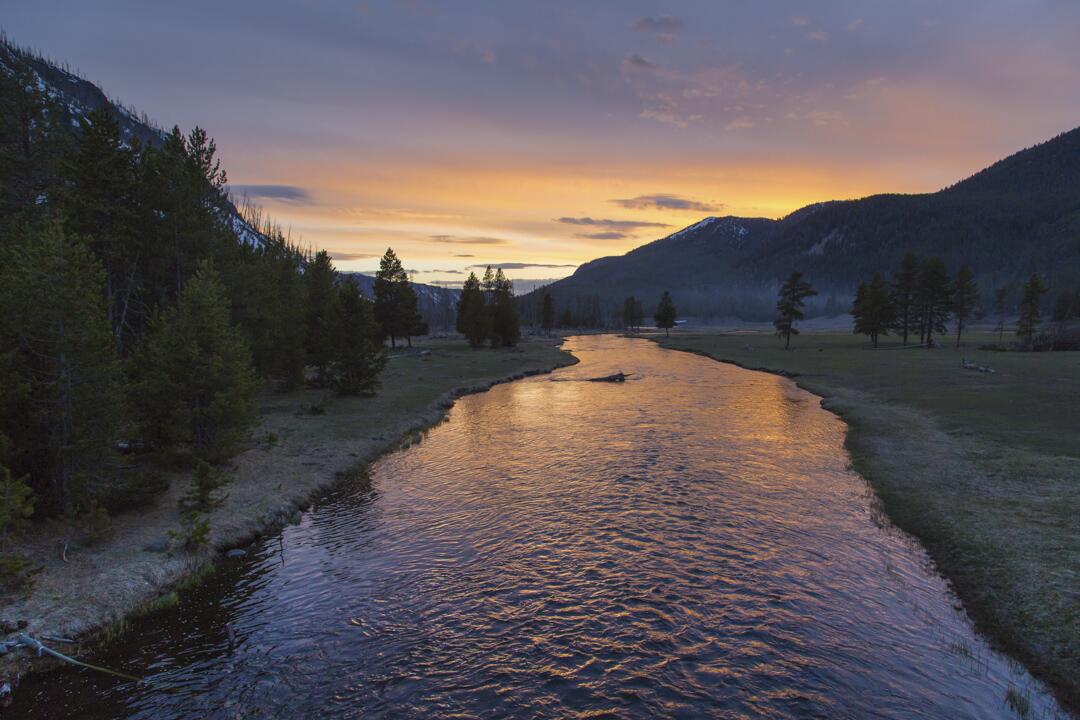
A family off to find and settle their homestead, 1886. Photo from the National Archives
History and demographics of the United States were forever changed when the Homestead Act became law early in the administration of President Abraham Lincoln, on May 20, 1862.
With Congress paralyzed and unable to act to do even minor good things now, it’s astonishing to think how the Congress of 1862 could do so much to open the American west, in the middle of the American Civil War. Perhaps Congress was able to act because legislators from the South were absent, and did not oppose progress.
In any case, the Homestead Act encouraged Americans who lacked property to strike out for the western territories and states, to make a new life, to found new towns, cities and farms, and fulfill what some call the nation’s “manifest destiny.”

The bill that became the Homestead Act, H.R. 125, in the 37th Congress, 1862. Image from the U.S. National Archives
Here’s the history from the National Archives:
The notion that the United States government should give free land titles to settlers to encourage westward expansion became popular in the 1850s. During that time the U.S. House of Representatives passed numerous homestead bills but southern opposition in the Senate prevented enactment. In 1860, during the 36th Congress, the Senate narrowly passed a homestead act but President James Buchanan vetoed it and the Senate failed its override attempt.
When the 37th Congress convened for its brief summer session in 1861, now without members from seceded states, it was preoccupied with Civil War-related legislation. The House took up briefly the homestead issue in December but postponed further consideration of it until the following February. The House finally passed the Homestead Act on February 28, 1862 by the large margin of 107 to 16. The act worked its way through the Senate until May 6, 1862 when it passed easily by a vote of 33 to 7. After a few minor changes in conference committee—which both houses agreed to without controversy—Congress sent the final legislation to President Abraham Lincoln who signed the act into law on May 20, 1862.
The Homestead Act encouraged western migration by providing settlers with 160 acres of land in exchange for a nominal filing fee. Among its provisions was a five-year requirement of continuous residence before receiving the title to the land and the settlers had to be, or in the process of becoming, U.S. citizens. Through 1986, when the last claim was made in Alaska, the Homestead Act distributed 270 million acres of land in the United States making it arguably one of the most far-reaching pieces of legislation in American history.
More:
- The Homestead Act of 1862 (ingallswilder2.wordpress.com)
- The Homestead Act, one of the 100 important documents in American History (National Archives)
- Off The Mark (brainiac-conspiracy.typepad.com)

Photograph of Daniel Freeman on his homestead, circa 1904; in 1863 Freeman, then a Scout for the Union Army, became the first American to file an application for a homestead, in Nebraska; Library of Congress photo
- Teaching with Documents: Lesson plans and support materials for teaching about the Homestead Act, from the U.S. National Archives (NARA); be sure to see the first homestead application, from Daniel Freeman
- Library of Congress, Primary Documents in American History: The Homestead Act
- Homesteading and migration: Documents from the U.S. National Archives Migration in History exhibition and materials, including homesteading documents for Virgil Earp, Wyatt Earp’s brother, and for Charles P. Ingalls, the father of author Laura Ingalls Wilder
- Homestead National Monument, in Nebraska; women were allowed to own homesteads, more than 50 years before they got the vote
- More documents at America’s Story (Library of Congress): “The Homestead Act Went Into Effect”
- For most of the history of homesteading, the Bureau of Land Management (BLM) was the principle agency that took the applications and administered the program; BLM’s on-line exhibition for the 150th anniversary of the Homestead Act in 2012 holds interactive media presentations, and more information
- “The Plow that Broke the Plains;” homesteading and “free land” played a huge rule in the creation of the Dust Bowl; this post at Great Plains Trail discusses that and the federally-produced documentary on the disaster
Much of this post has appeared at Millard Fillmore’s Bathtub before; the Homestead Act deserves commemoration.
Spread the word; friends don't allow friends to repeat history.




 Posted by Ed Darrell
Posted by Ed Darrell 










